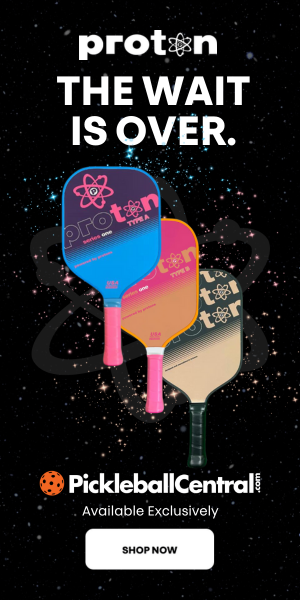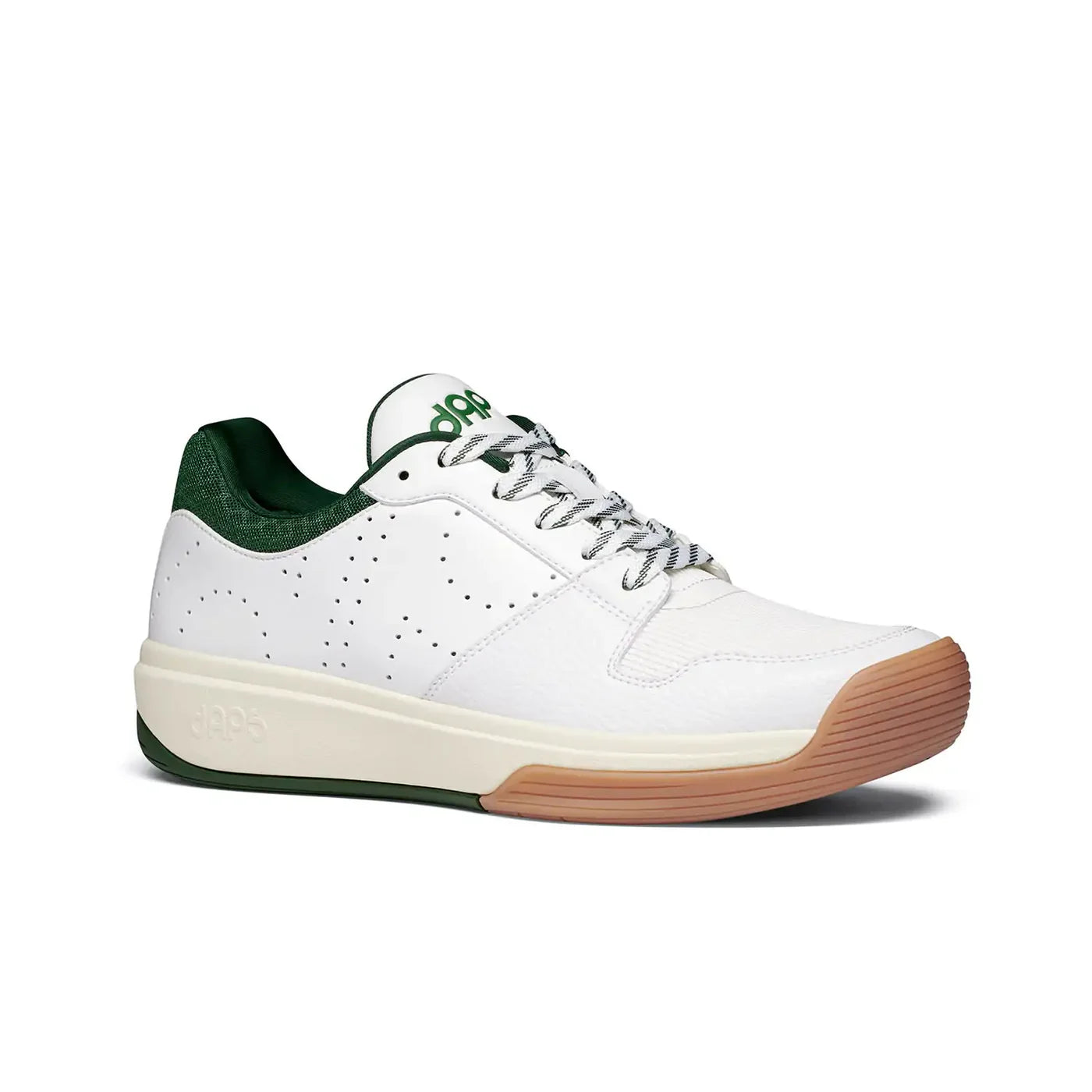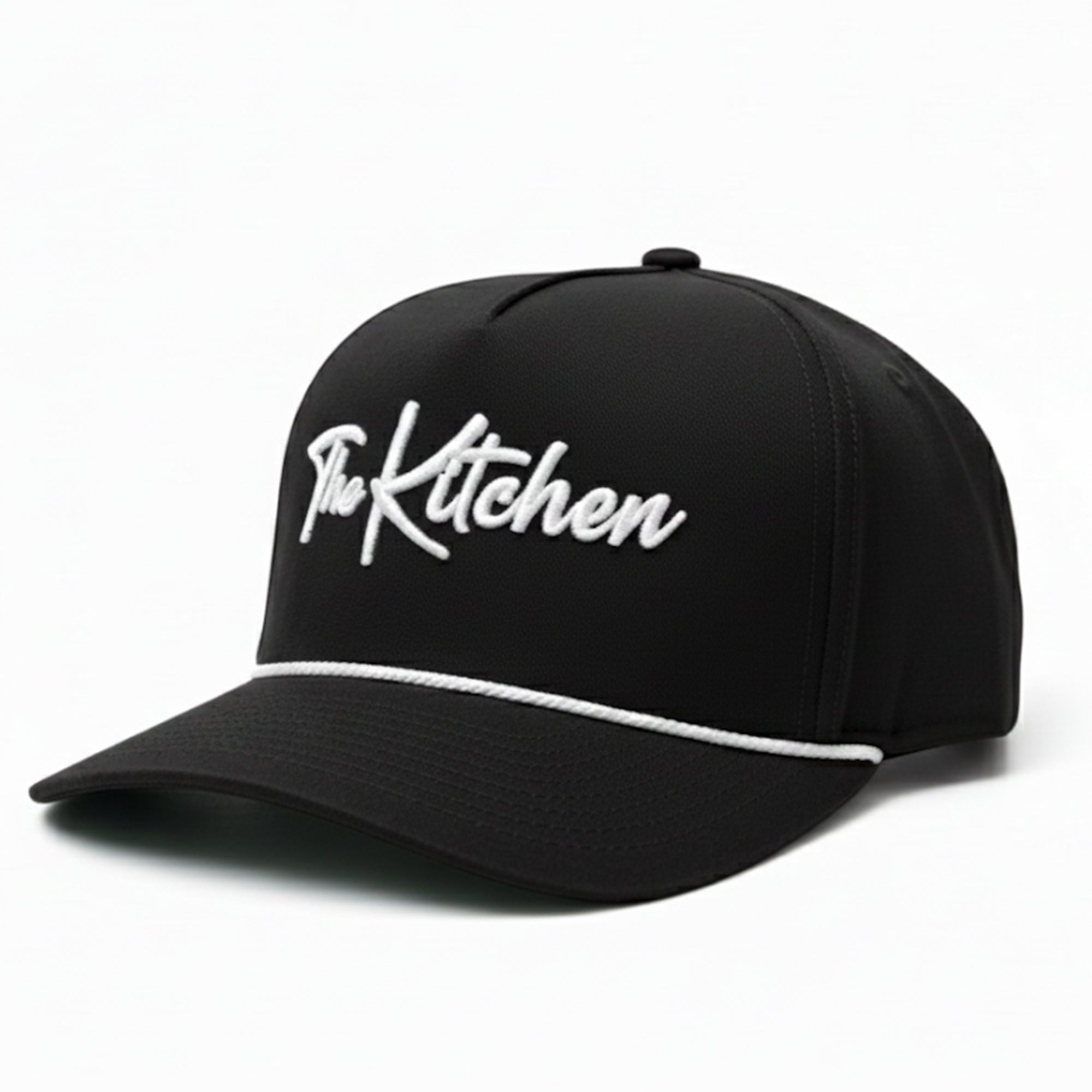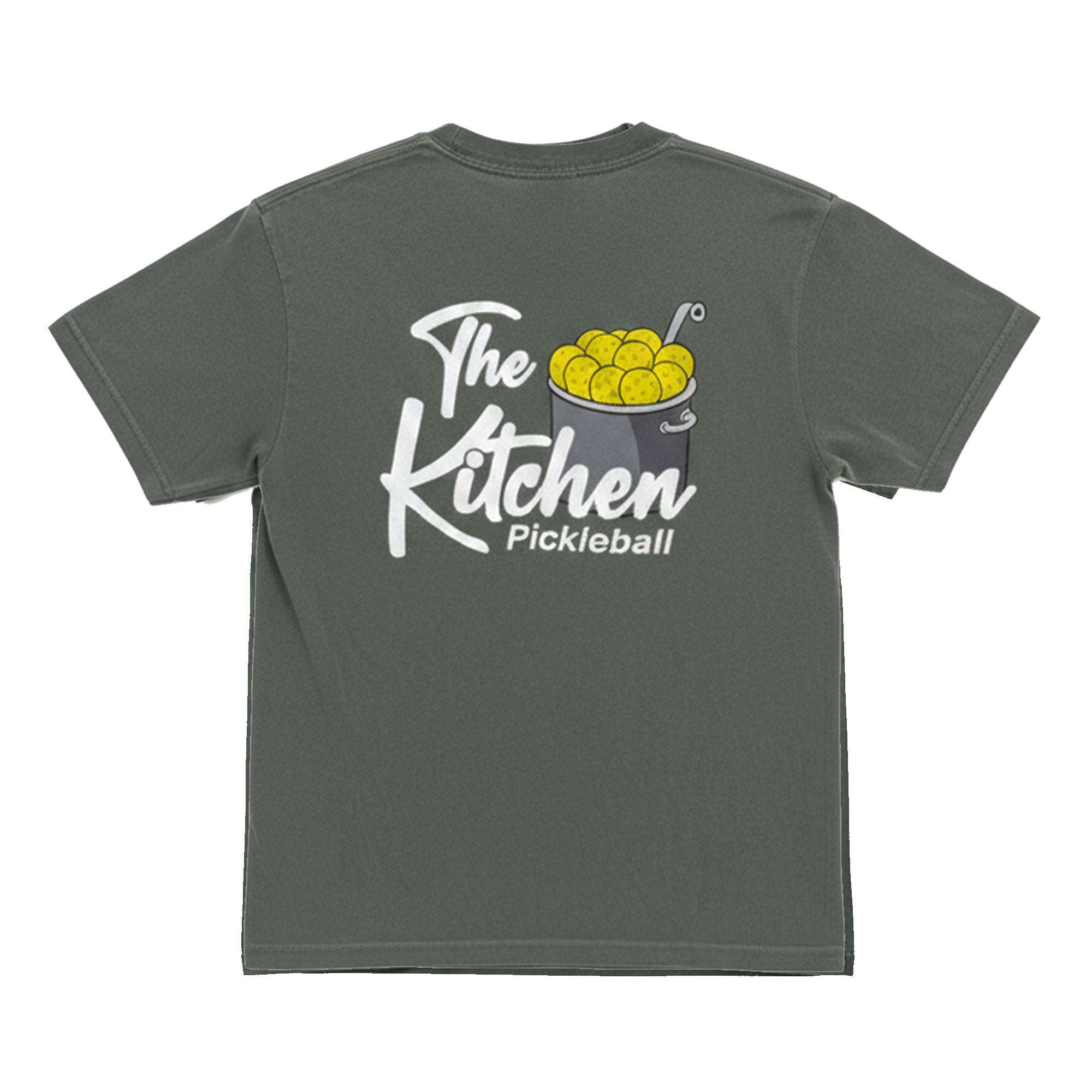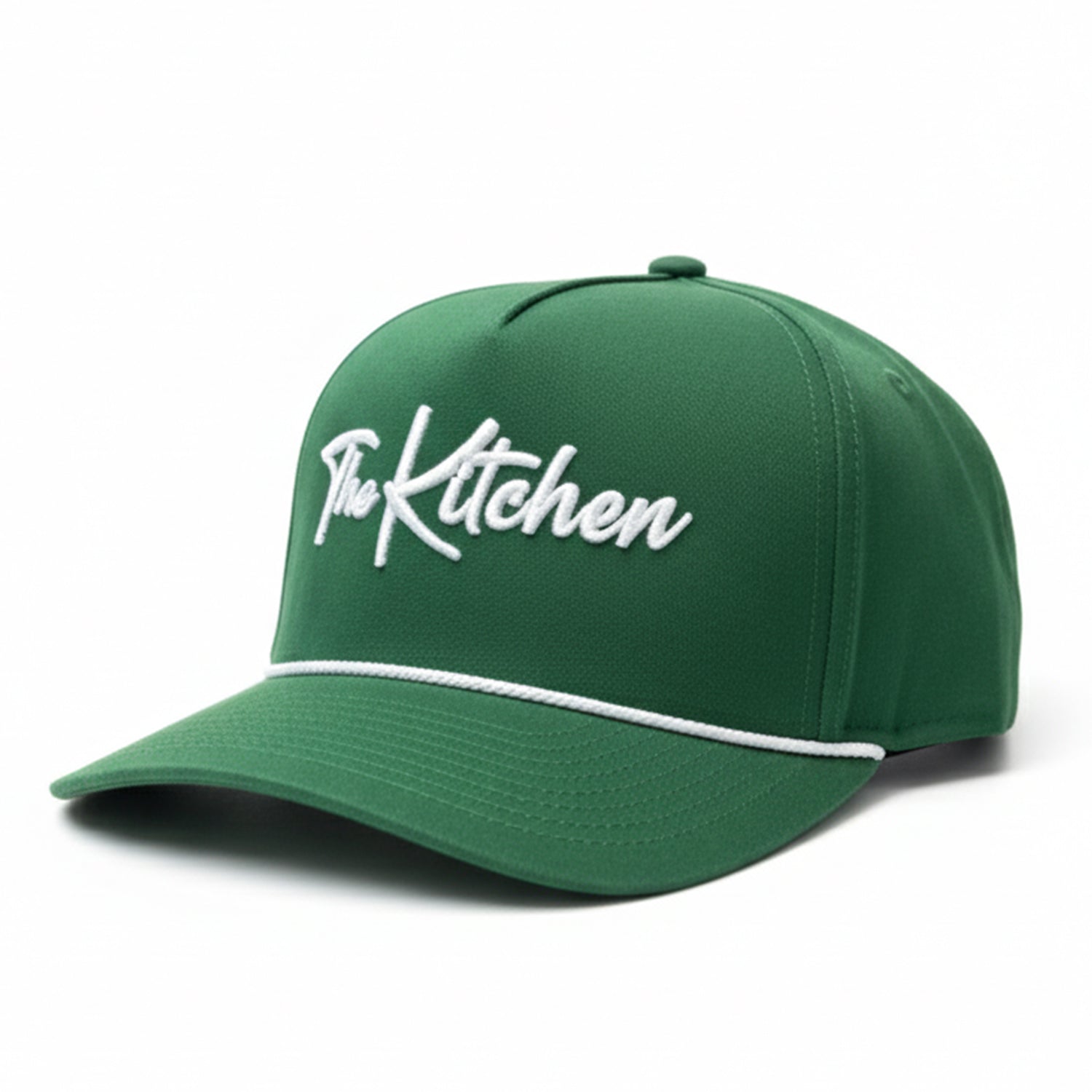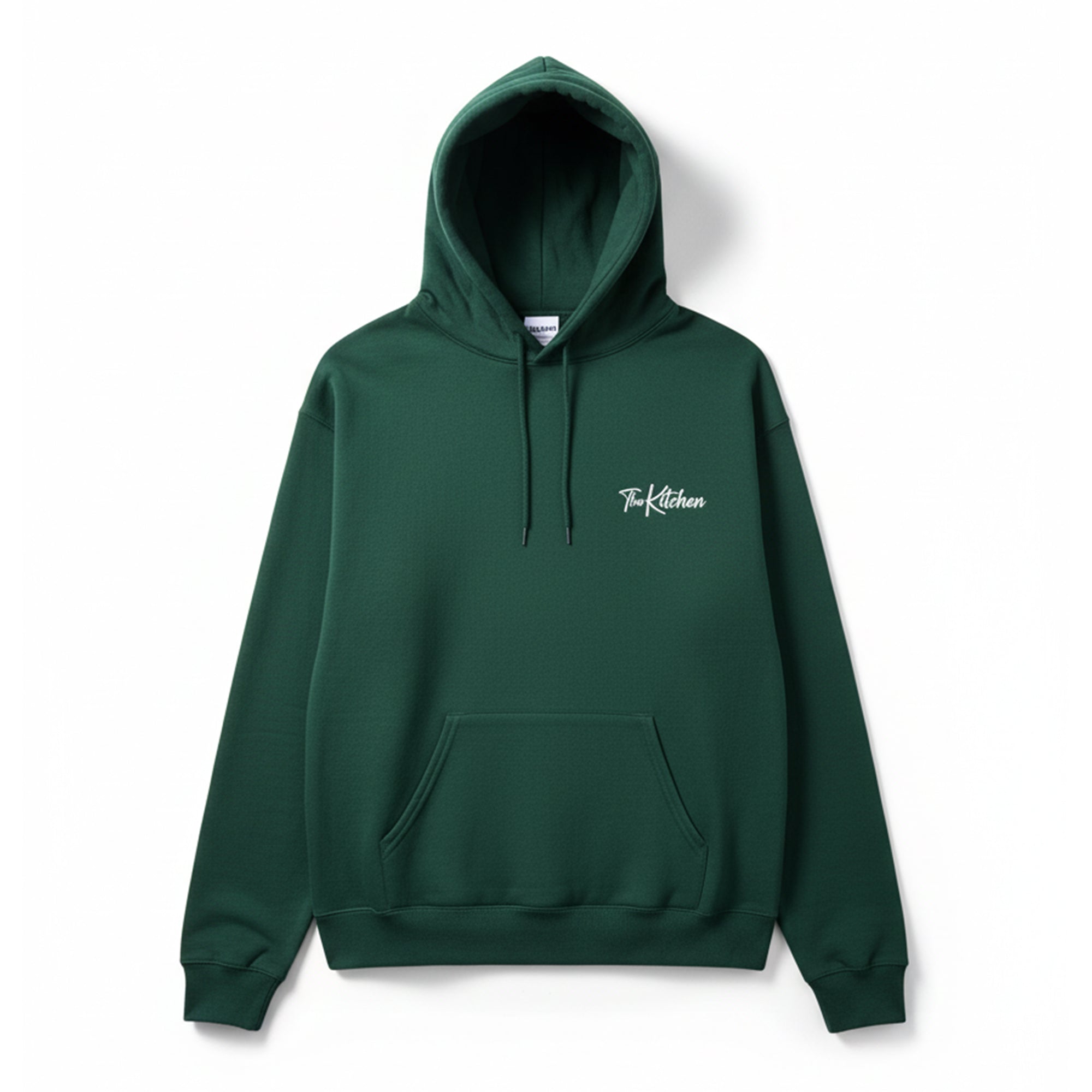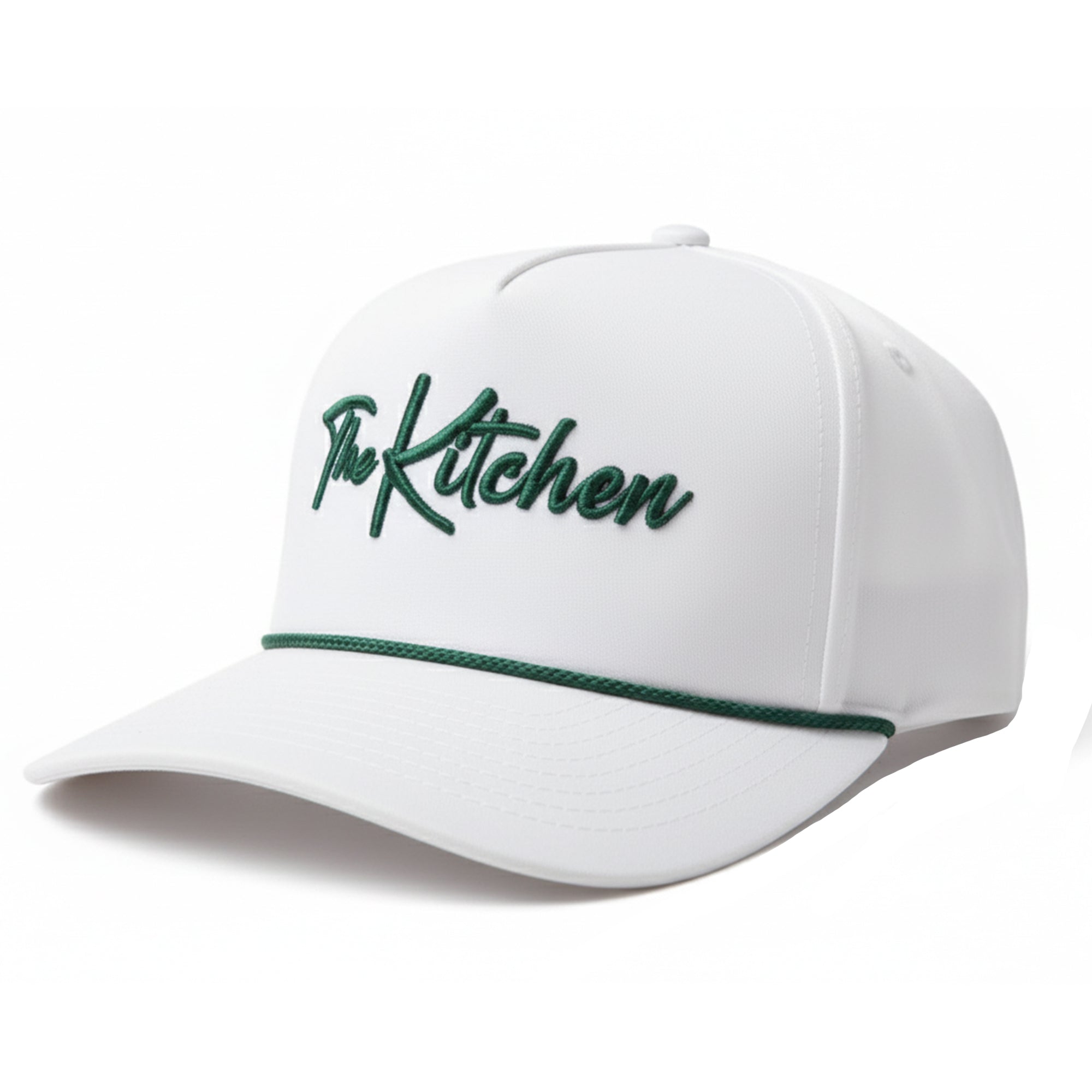Pickleball instruction: Don't give up on the third-shot drop
Last Edited
Sep 02 2025
Category
Instruction
If you’ve struggled with the third-shot drop and feel like giving up on the strategy altogether, this might help.
When I started playing pickleball, there wasn’t any formal instruction where I lived. We had a few shared courts and a growing group of players who met through open play. All levels played together, and most of us learned by watching, asking questions and figuring things out as we went.
At first, I didn’t understand the strategy behind the non-volley zone, or why experienced players hit soft, high-arcing shots that just cleared the net. These drop shots didn’t look impressive, but I noticed something important. Every time someone hit a well-placed drop, they and their partner moved up to the kitchen and gained control of the rally. It wasn’t about power. It was about positioning.
Naturally, I started practicing drop shots. But when I used them in games, things didn’t go well. If the drop floated too high or landed too deep, opponents attacked it. The point ended quickly and usually not in my favor.
Worse, some of my partners didn’t trust the drop shot. If I missed, they’d get frustrated. Even when I hit a decent one, they didn’t know how to follow it up. After a string of mistakes, I got discouraged and went back to driving the third shot or occasionally trying a lob. These weren’t great for getting to the net, but they felt safer.
Positioning is key with the third-shot drop
That pattern of trying the drop shot, struggling with it and giving up is common. Even experienced players fall into it. They may understand what the drop shot is, but haven’t committed to it. And there are reasons why:
-It’s hard at first. The margin for error is small.
-They don’t know what to do after the shot. Even good drops go to waste if you don’t move in.
-Their partners don’t support it.
-It feels slow or risky. Driving the ball feels more familiar.
Some players hit a decent drop, then freeze and stay back. Others rush in after a high, loopy drop and get it smashed at them. Either way, they blame the drop instead of their position or timing.
Some abandon the drop and go to lobbing. That works against players who struggle with overheads but gets punished by stronger teams. And hitting a lob off a fast return of serve is harder than it looks.
The truth is, the third shot drop isn’t optional if you want to advance. The NVZ rule makes it necessary. You need a soft shot that buys you time to move forward. When done well, the drop gives you that chance.
Repetition is key
Today’s players are lucky. If you take lessons, you’re introduced to the drop early, with guidance on mechanics, footwork and when to use it. That’s a big step up from the trial-and-error method many of us went through. Still, even with instruction, early failure is common. Like anything in pickleball, it improves through reps, timing and awareness.
Muscle memory takes time.
You also don’t need perfect drops. Many are simply good enough. If your drop forces an upward volley or lands low in the kitchen, you’re in good shape. Even off-target drops can work, especially to the backhand. If the opponent can’t attack, the rally slows down, giving you time to move in and hit another drop.
That’s how points build. A drop, a step in, another drop and then a chance to dink or attack. Eventually, it clicks.
One of the best feelings in pickleball is hitting a quality third shot drop, moving in and finishing the rally with a smart shot. But that won’t happen unless you stick with it. Over time, you’ll gain confidence not just with third-shot drops, but also fifth-shot drops and resets. The drop will become part of your game, and you won’t look back.
So if you’ve been avoiding the drop shot, or gave up after a few rough attempts, don’t give up. Drill it. Practice twenty with a partner before a game. Focus on feel and placement. You don’t need perfection. You just need progress.
Payton Bond is a pickleball enthusiast and author who focuses on strategy and helping players better understand the game. This article is adapted from his book, Pickleball Strategy – A Guide to 3.5 and Beyond, available on Amazon.







